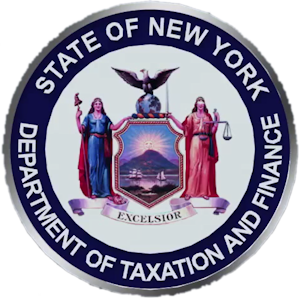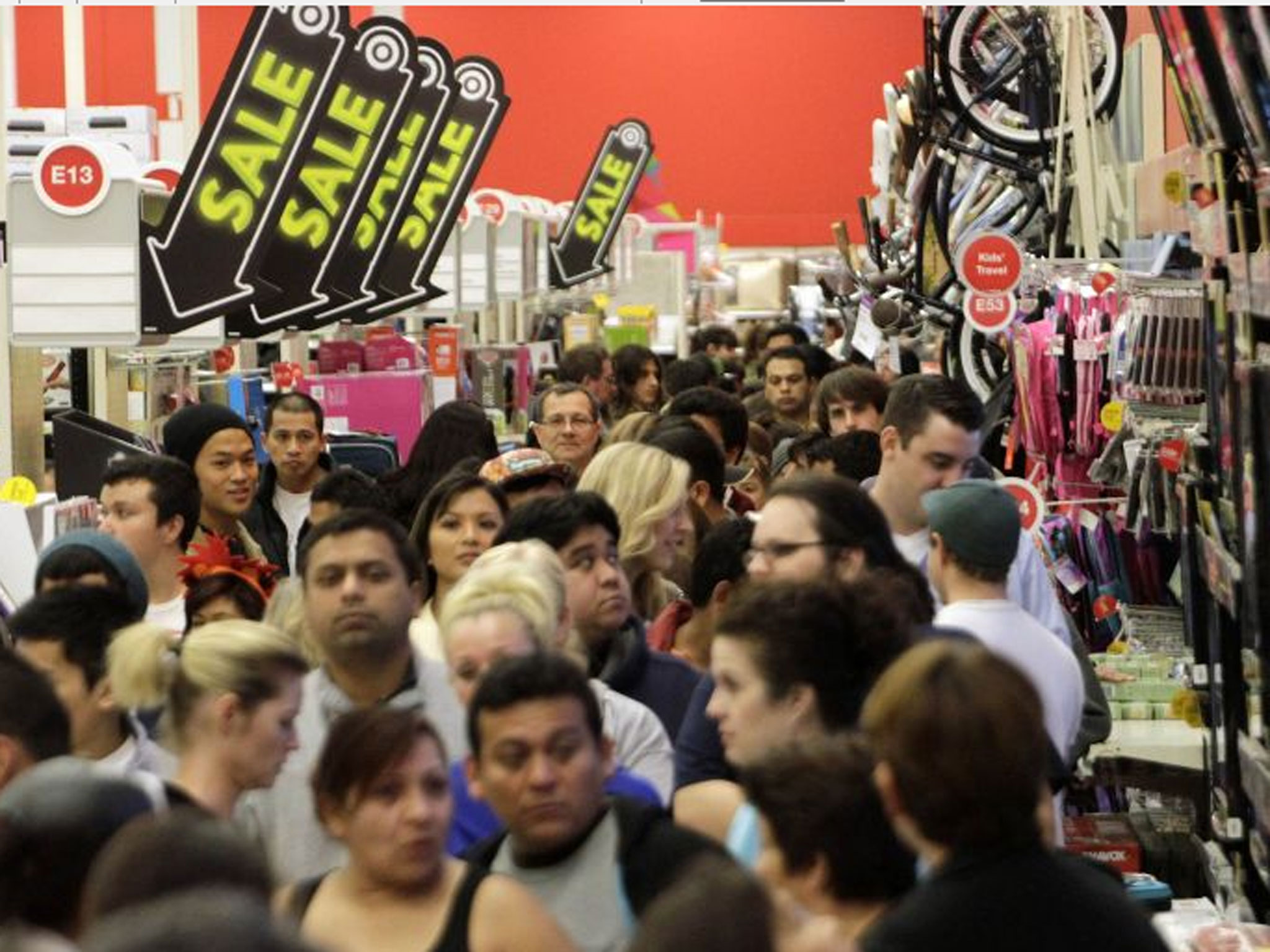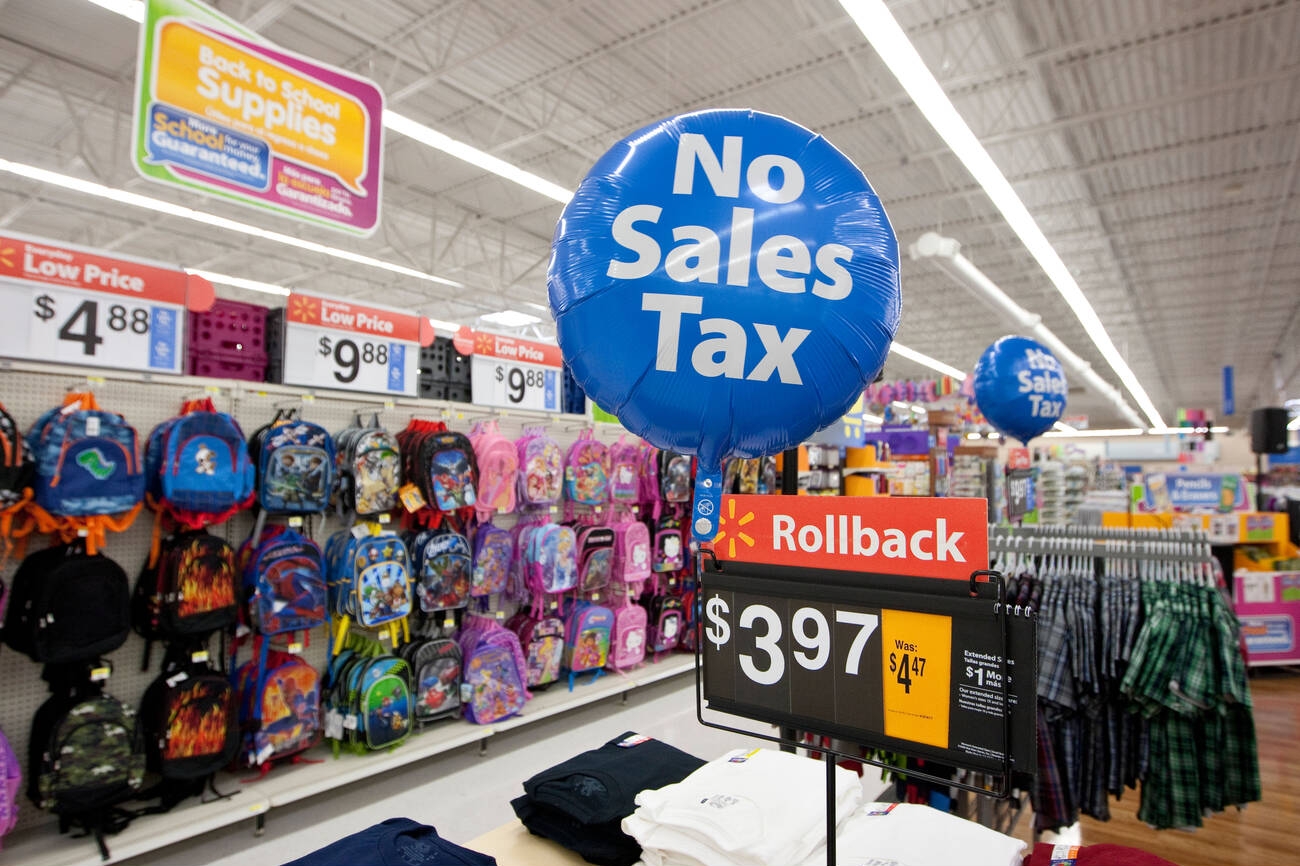If businesses in other states are unsure whether they need to register to collect New York State sales tax, the most recent information published by the New York State Department of Taxation and Finance leaves no room for doubt: “If you are a business that meets [the economic nexus] threshold, but has not yet registered as a vendor, you should do so now.”
The department’s been playing catch-up with the whole remote sales tax issue since the Supreme Court of the United States overruled a physical presence rule in South Dakota v. Wayfair, Inc. (June 21, 2018). New York waited until January 2019 to publicly comment on the decision and then stated Wayfair enabled it to tax remote sales “immediately.”
“Immediately” was widely interpreted to mean as of June 21, 2018.
CPAs and Tax Pros can earn up to 10 hours of free CPE credit in one day on Dec. 12. Register at www.EnsuringSuccess.com.
The January 2019 notice provided an exception for small remote sellers. Businesses with no physical presence in New York need to collect New York sales tax only if, in the immediately preceding four sales tax quarters, they:
- Made more than $300,000 in gross sales of tangible personal property delivered in the state (for both taxable and exempt sales); and
- Conducted more than 100 sales of tangible personal property delivered in the state.
Anyone relying solely on the Department of Taxation and Finance for their news would have thought the above threshold was still in place until quite recently.
The fact is, the New York Legislature increased the sales threshold from $300,000 to $500,000 with the enactment of S.6615 in June 2019. The change was effective June 21, 2018, for remote retailers. For marketplace providers, the threshold change took effect June 1, 2019 — the date marketplaces had to start collecting on behalf of third-party sellers in New York.
The department finally announced the threshold change on October 17, in a notice clarifying sales tax collection requirements for marketplace providers. Yet the little other guidance provided by the department continued to list the threshold as $300,000 in sales and 100 transactions.
Thankfully, the department has finally updated the threshold in the following publications:
- FAQs related to registration requirement for businesses with no physical presence in NYS
- Important Notice N-19-1
- Registration requirement for businesses with no physical presence in New York State
The tax department has now provided further clarification in TSB-M-19(4)S, which explains that the sales threshold changed from $300,000 to $500,000 retroactive to June 21, 2018, the day the Wayfair ruling was issued.
Thus, it appears New York does intend to enforce economic nexus as of June 21, 2018, even though it didn’t tell people it would do so until January 2019.
TSB-M-19(4)S also provides some limited tax relief for remote sellers that registered with the department but collected and remitted sales tax incorrectly — “in good faith.” Although required to “pay the additional local sales tax due,” these businesses won’t be liable “for penalty and interest on the additional local tax.”
Bear in mind that this tax relief “applies only to sales made during the first four quarterly periods after the business was required to register.”
[This article first appeared on the Avalara blog.]
—-
Gail Cole is a writer for Avalara.
Thanks for reading CPA Practice Advisor!
Subscribe Already registered? Log In
Need more information? Read the FAQs
Tags: Sales Tax




